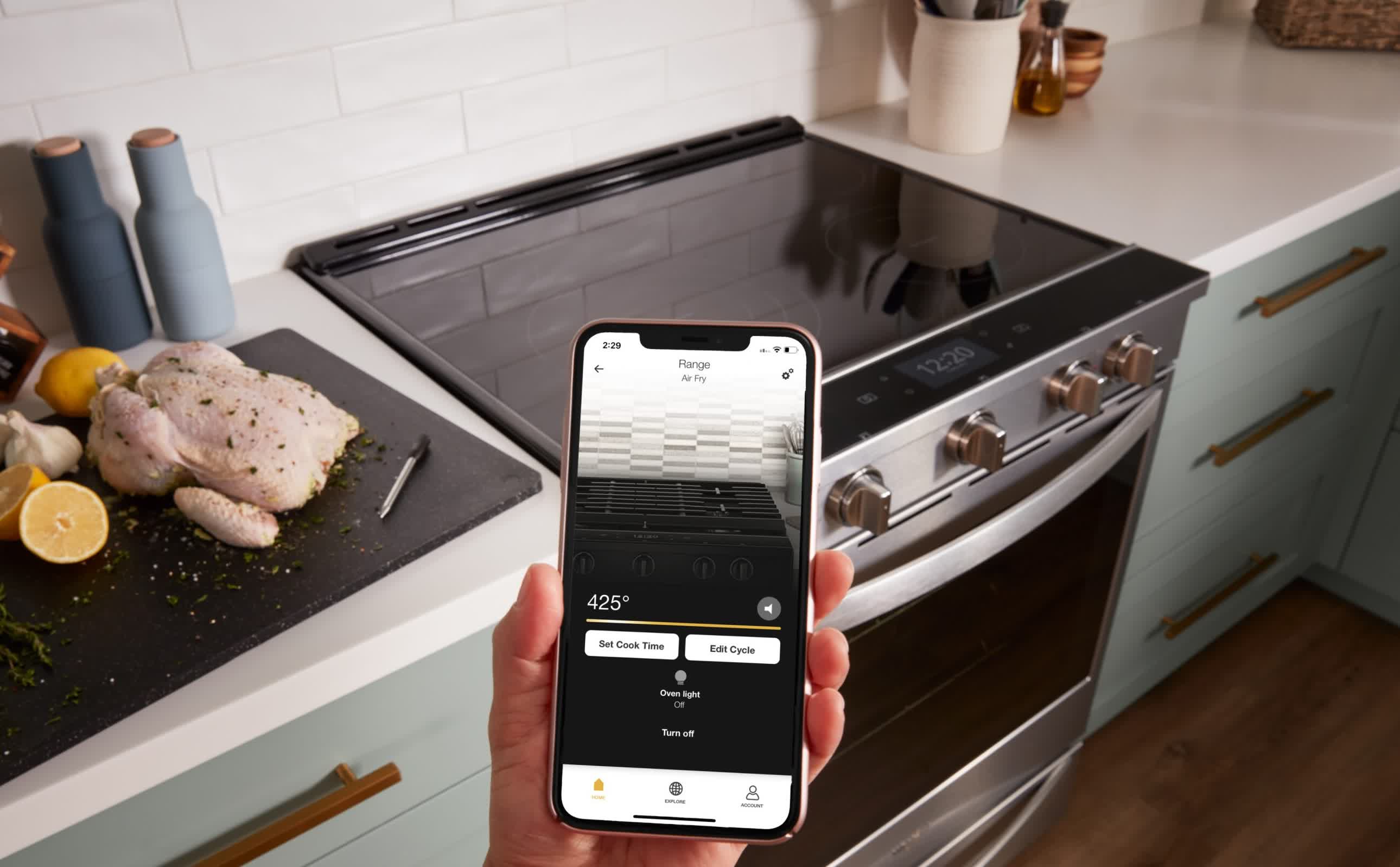In brief: Smart appliances such as Alexa-equipped microwaves and ovens that can livestream their contents have been finding their way into kitchens for years but not everyone is taking full advantage of their connected features.
A spokesperson for LG Electronics told The Wall Street Journal that fewer than half of the smart appliances it has sold stay connected to the Internet long-term. A Whirlpool rep said more than half of their connected appliances are online but declined to be more specific.
Smart appliances with fancy bells and whistles can help hook buyers at the time of purchase, but it goes deeper than that. Internet-connected devices can (and usually do) relay data and other insights about usage directly to the manufacturer, helping them better understand how owners are using their products.
This direct relationship can also assist with the sale of replacement parts or subscription services. For example, owners of Whirlpool's smart oven can sync it to the company's Yummly Pro recipe subscription service for improved integration.
Building long-term relationships with owners is more important now than ever given slowing sales, an uncertain economy and rising materials and energy costs.
A variety of reasons likely contribute to why buyers are not taking full advantage of connected appliances.
Some devices might get connected to Wi-Fi during initial setup but a password or router change down the road could result in a disconnection. Others might get installed in an area with weak or no Wi-Fi coverage. Some buyers simply might not have any use for the features a connected appliance can afford.
Privacy advocates have their own reasons for not connecting appliances to the Internet and purists likely do not want to worry with the possibility of a failed over-the-air update bricking their washing machine or refrigerator.
Despite their low utilization, connected features on appliances are probably here to stay. LG's US director of ThinQ, Henry Kim, said smart home features are now found on 80 percent to 90 percent of all appliances they sell, save for entry-level budget models.
